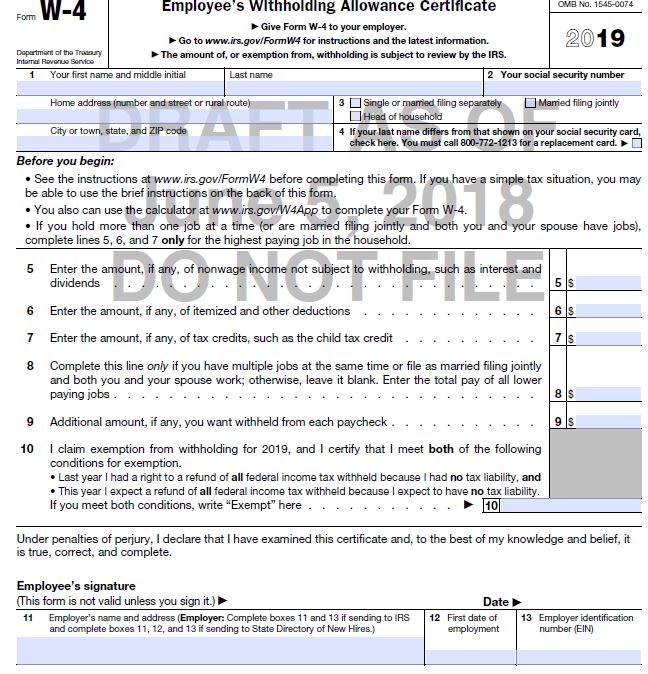What is a Tax Levy?
When it comes to collecting tax debt, the IRS has a variety of options to use. Certain ones can only be used when proper criteria have been met. That is the case when it comes to a levy. A levy is the taking of property to make sure a tax debt is paid. This option can only be used if (1) a Tax bill has been sent, (2) the Tax bill has not been paid, and (3) a levy notice has been sent informing the taxpayer of the process that will take place. It must inform them at least 30 days before that happens. A levy can involve individuals when it comes to the IRS seizing property they hold like their house or car. It can also involve business owners. The IRS has a wide view when it comes to property. It has consistently held that wages and bank accounts are property and can also be levied. This would involve notices being sent to them as well. However, the Tax Cuts and Jobs Act passed last year has made some adjustments in how the IRS can levy property. It is worth

